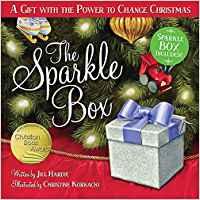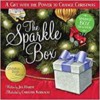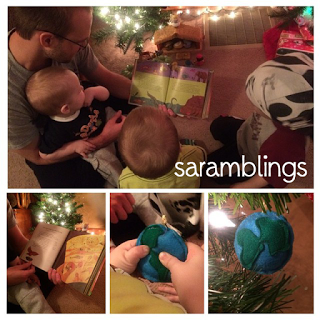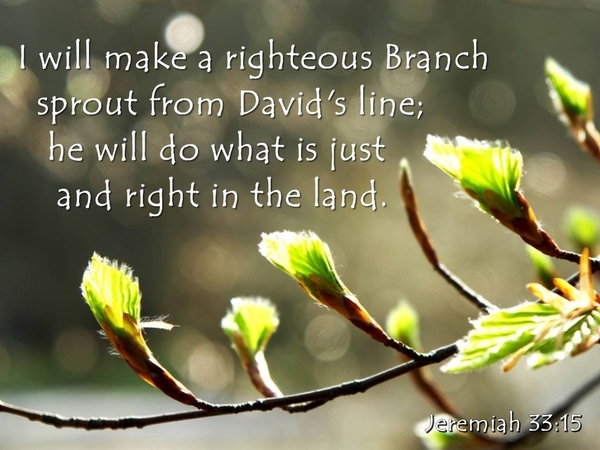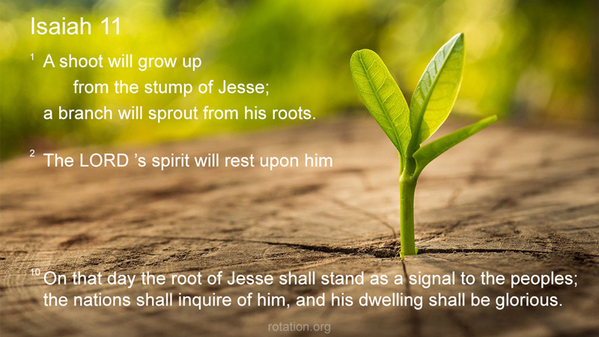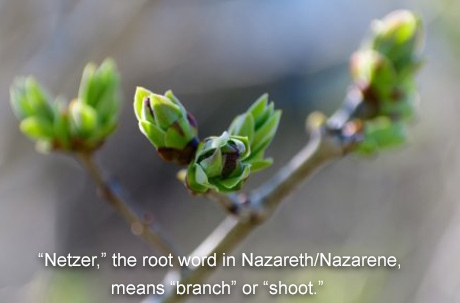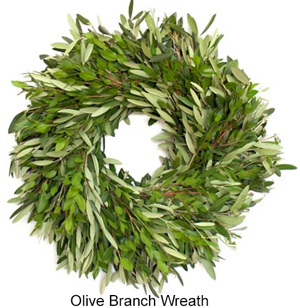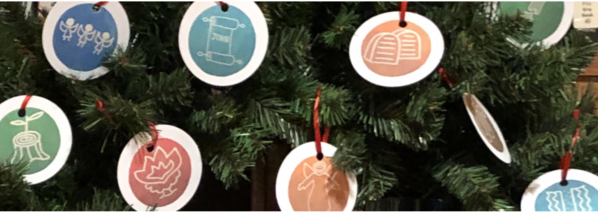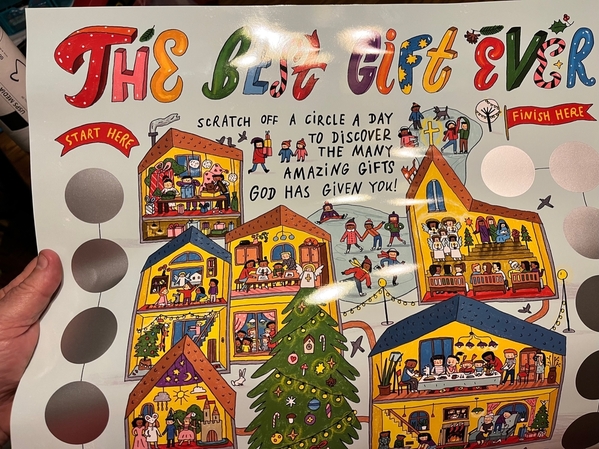This thread is collecting Miscellaneous Advent / Christmas Art and Craft Project Ideas and related items such as Advent Wreaths and Calendars.
In general, Rotation Model Sunday Schools aren't big fans of "construction paper crafts" and quickie crafts, preferring instead more artistic projects that require more thought, but Advent decorations are one occasion when we tend to relax that rule ![]()
Originally Posted by member NAN J.
Take-Home Advent Wreath
I teach a 2nd grade class and we made Advent Wreaths using modeling clay that air-dries formed on a round wooden ring. Students practice the liturgy then take home and use the Advent wreath with their families.
You may desire to use some other type of material to create a round wreath and candles. The older kids enjoyed adding "wreath texture" to the modeling clay by indenting it with the edge of a craft stick. We also had them indent into the clay keywords from the candle liturgy (see below).
Supplies:
- Craft Sticks
- 2 inch round flat wood shapes or thin ring of styrofoam.
- green Crayola Model magic modeling material (air dry clay)
- purple washable paint for candles
- pink washable paint for candle
- paintbrushes
- wax paper
I prepared ahead of time five craft sticks for each wreath by cutting each into "candle lengths" of about 4" each. Adjust length to look nice with your size of wreath ring.
Make the candles first, and while they are drying, form the wreath ring. Once assembled, work through the liturgy (see below)
I gave each child a piece of wax paper about the size of a placemat and squirted out some pink and purple paint onto the wax paper so that each child could have his/her own paint source.
I instructed the children to paint four of their candles (3 purple and 1 pink) with a thin coating of paint that will quickly dry. (put in front of a fan)
While the candles are drying the children can form their wreaths out of the modeling material and place it on the wooden circle base.
While the modeling material is still pliable, take one of the "candles" and poke 4 holes into the wreaths so that the children can add their candles each night. I sent all that home with them along with a simple outline for scripture and singing each Sunday night of the Advent season. It is below:
First Sunday of advent : Hope
Place in wreath one purple candle to symbolize Hope
Prayer
Read Isaiah 60:2-3
Sing “O Come, O Come Emmanuel!”
Second Sunday : Peace
Place in wreath two purple candles - Hope and Peace
Prayer
Read Mark 1:4
Sing “O Come, All Ye Faithful”
Third Sunday : Joy
Place in wreath two purple candles (Hope and Peace)
and one rose to symbolize Joy
Prayer
Read Isaiah 35:10
Sing “Joy to the World”
Fourth Sunday: Love
Place in wreath all four candles - Hope, Peace, Joy and Love
Prayer
Read Isaiah 9:6-7
Sing “Hark the Herald Angels Sing”
Christmas Eve
Add the fifth white "Christ candle" in the center of the wreath
(the light of Christ)
Prayer
Read Luke 1:68-79 and Luke 2:1-20
Sing “Silent Night”

